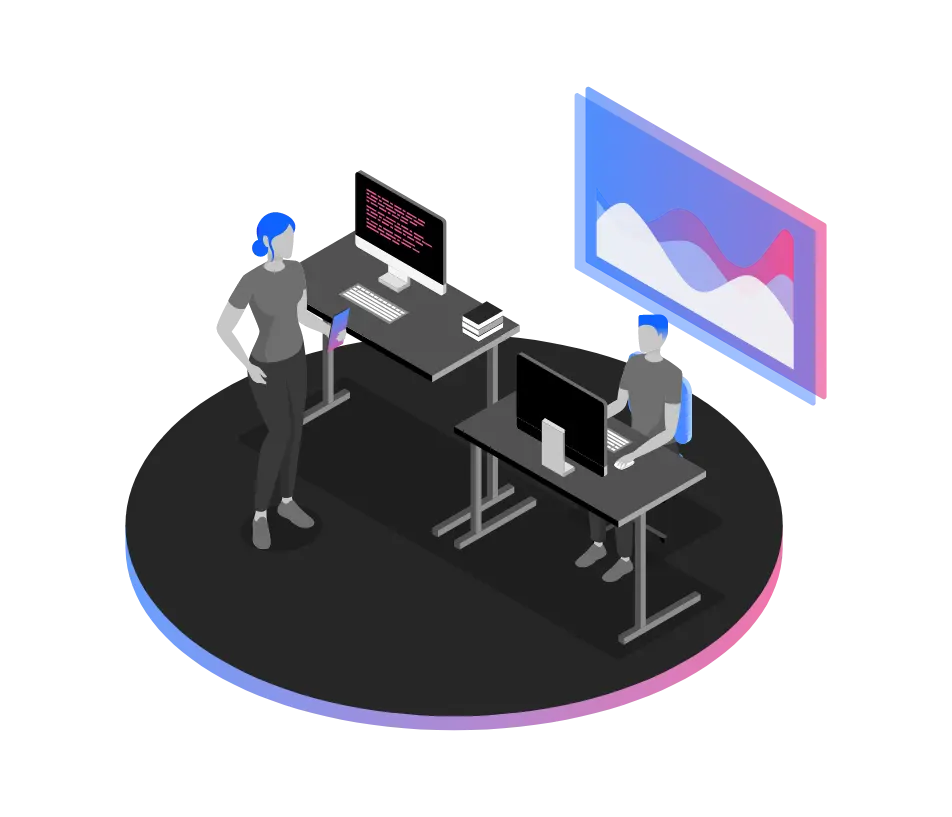2022 Trends Analysis: Here’s What’s Next for Enterprise Digital Transformation
As consumers dramatically increased their use of digital technologies during the COVID-19 pandemic, enterprise companies across the world raced to keep pace—in response to consumer behavior, but also to build resiliency against unpredictable future disruptions. Now, “eight in 10 consumers will see the world as ALL digital” in 2022, Forrester predicts.




